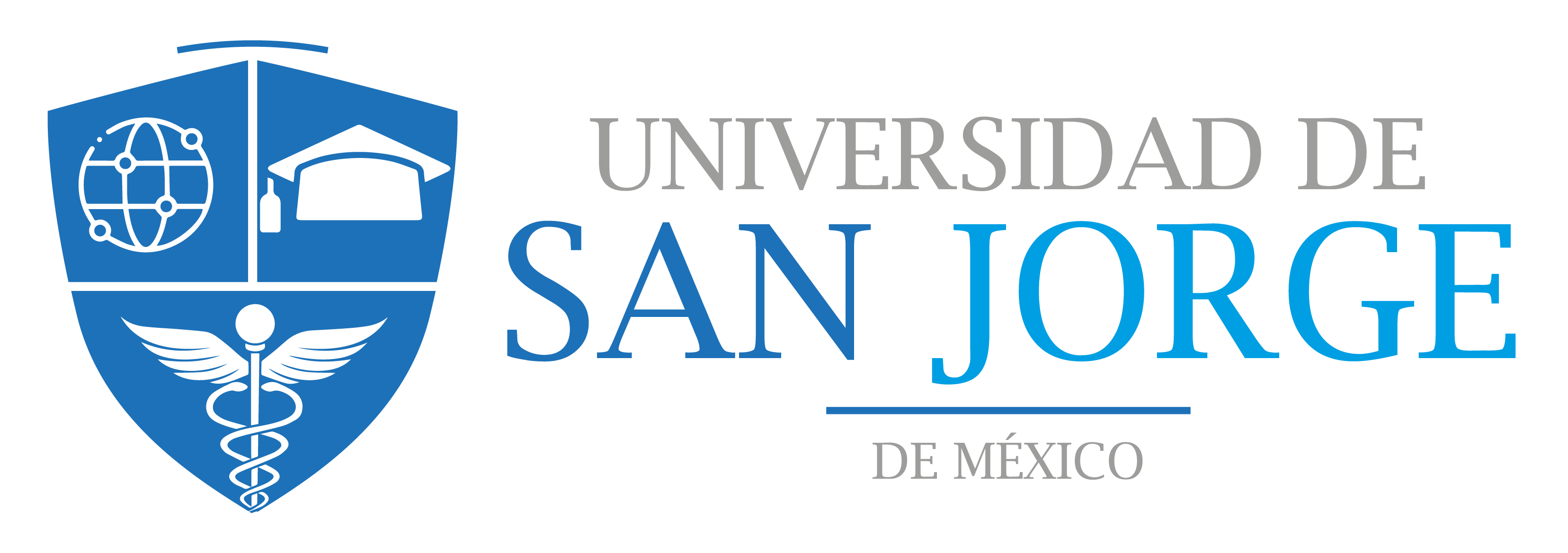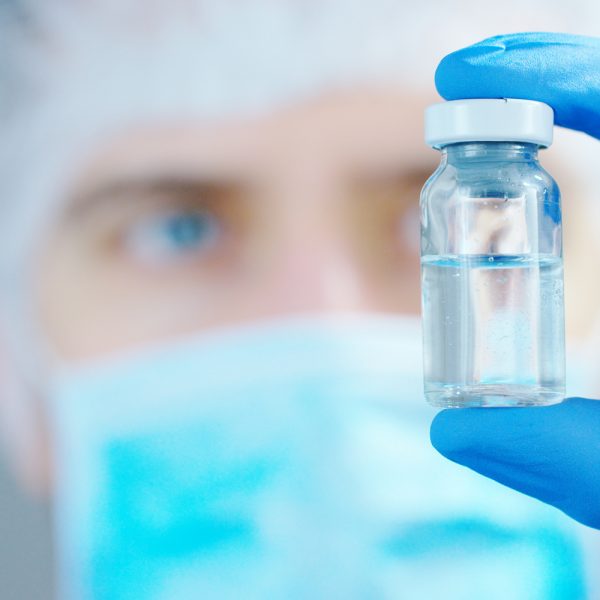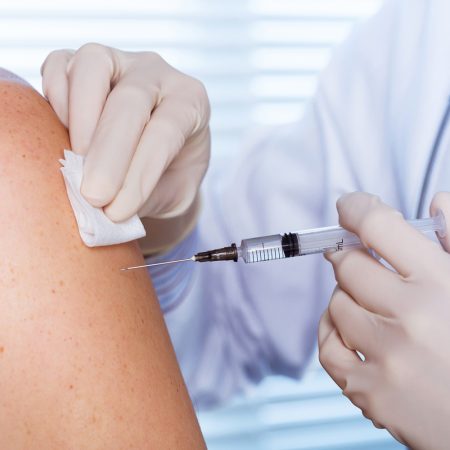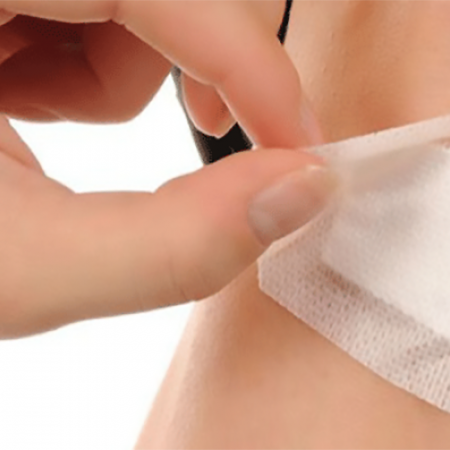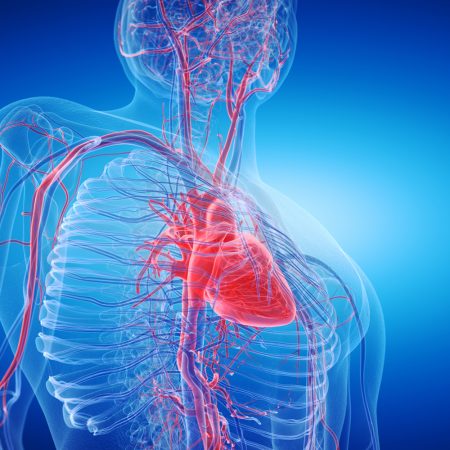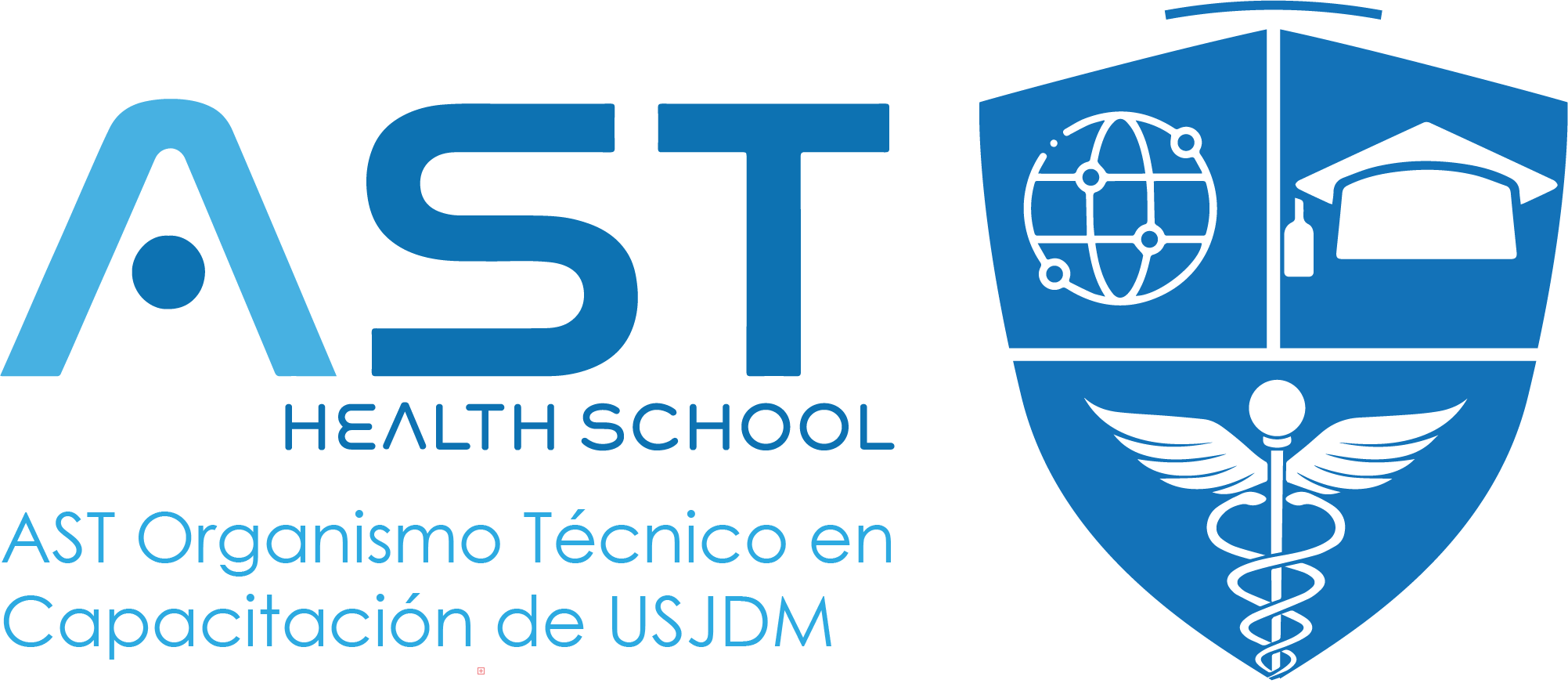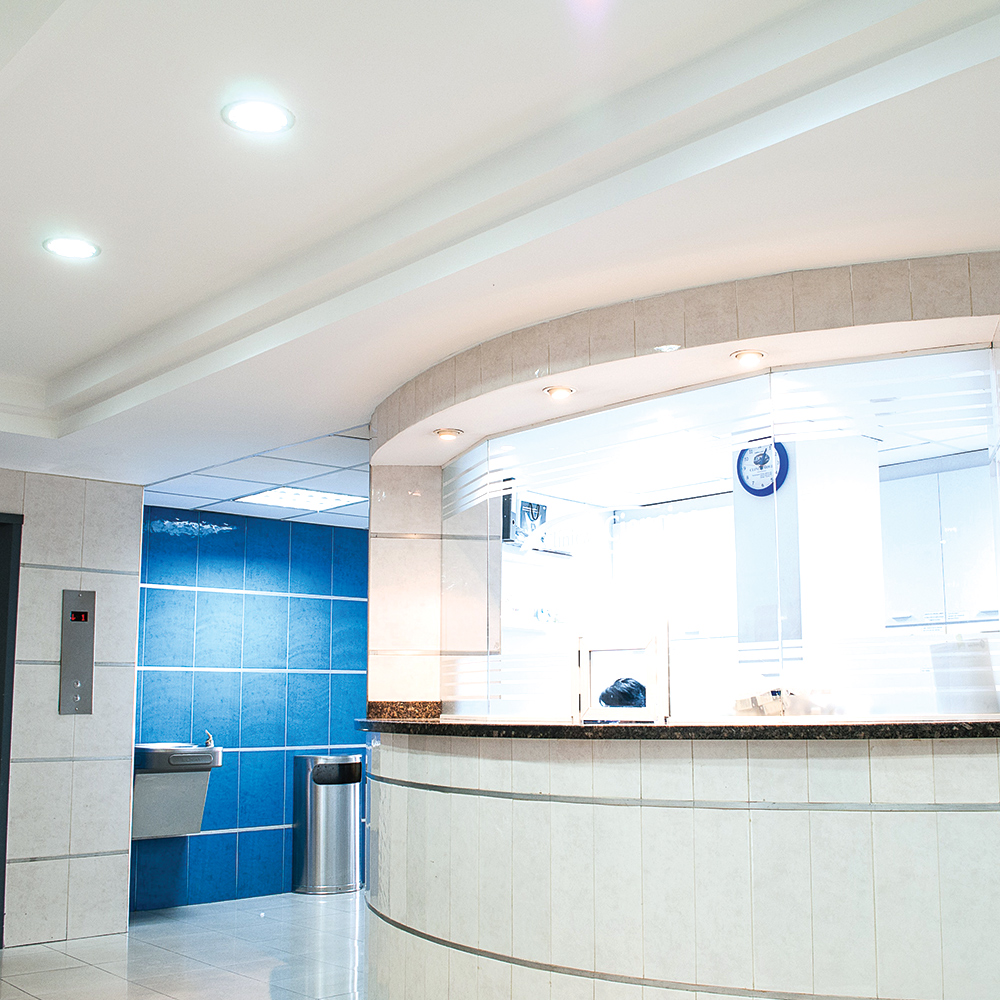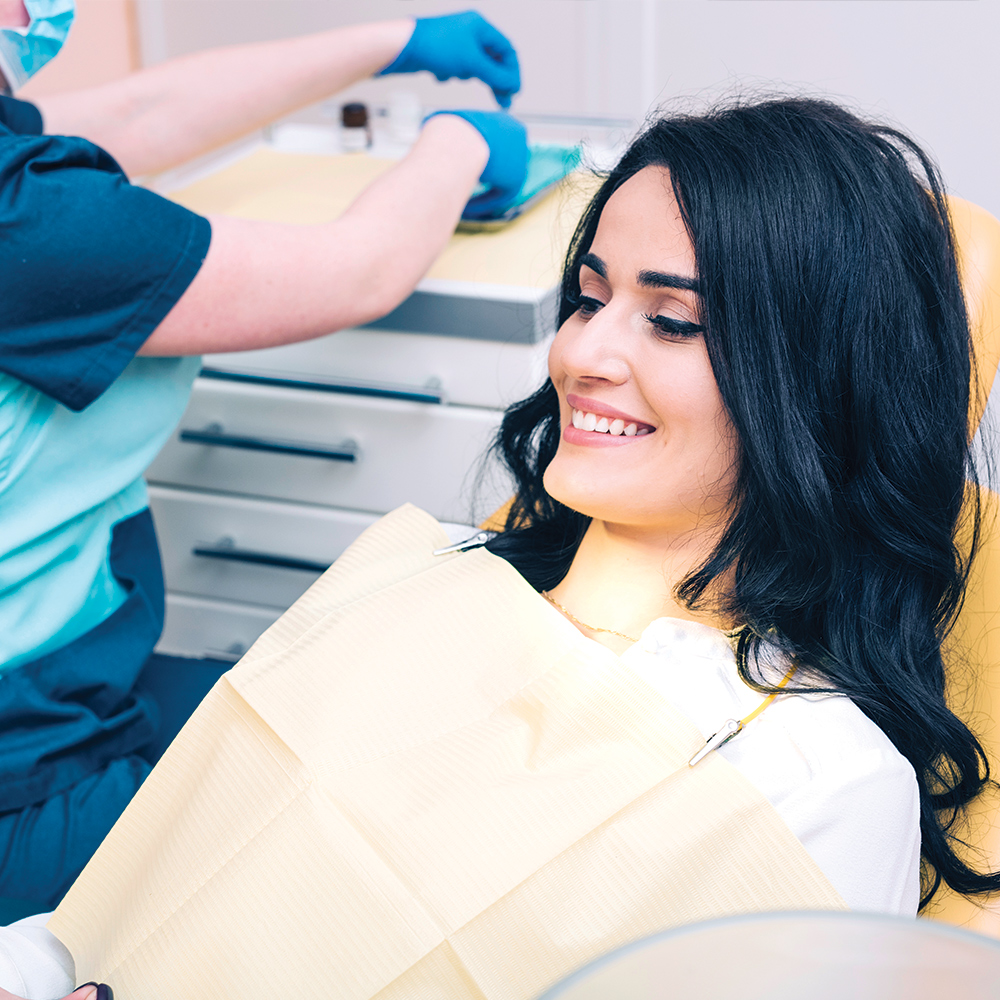Description
General Objective
Manage the pharmacological and physiological processes of vasoactive drugs in adult patients in vital emergency situations.
Addressed to:
University Nurses, TENS, Nurse Midwives, Midwives, Paramedical Technicians, Anesthesia Technicians, senior students of health careers.
Content
Module I: OVERVIEW OF PHARMACOLOGY IN THE CRITICAL PATIENT
Introduction to Pharmacology I
Introduction to Pharmacology II
Administration of Medications
Theoretical General Aspects of Pharmacotherapy
Drug interaction and pharmacology
Frequent medication errors in critically ill patients
Pharmacovigilance of ICU Medications
Ethical and legal aspects of VAD administration
Module II: DRUGS AND PHYSIOLOGY
Vasoactive drugs
Physiology of vascular tone
Endothelium
Vascular Control
Arterial hypertension and endothelial dysfunction
VAD and CRP
The Peripheral Nervous System
Neurotransmitters and receptors of the ANS
Cardiac output and perfusion
Situations in which VAD is used
Vital signs monitoring in VAD patients
Overview of nursing care in patients with AVD
Module III: USES AND FUNCTIONS
Critically ill patient and VAD
Role of cyclic amp (ampc)
Incompatibility of VAD
International system of units
DVA preparation and dilution
Calculation of VAD infusion drips
Safe administration of VAD, central access care
VAD RAM and notification
Module IV: VASOACTIVE AGENTS
Inotropic agents: milrinone, dobutamine, levosimedan, dopamine.
Vasodilators: sodium nitroprusside, nitroglycerin, labetalol, isoprotenerol
Vasocontrictors: epinephrine, norepinephrine, vasopressin
Antiarrhythmics: amiodarone, lidocaine
Module V: SEDATIVES AND ANALGESIC DRUGS USED IN CRITICAL PATIENTS
Sedation: midazolam, precedex, propofol, thiopental
Analgesia
Module VI: CLINICAL CASES AND WORKSHOPS
Clinical Case I
Clinical Case II
Dose calculation workshop
Additional information
| Country | Chile |
|---|---|
| Duration | 40 hrs |
| Certification | AST |
| Ranking | Specialties, Hospital |
